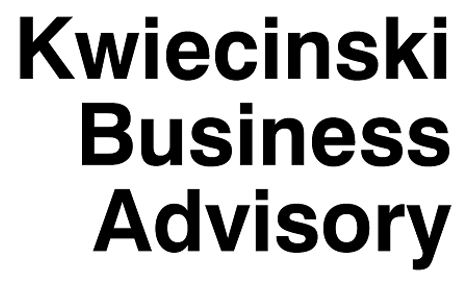Marta and Andrzej ran an open session during last Service Experience Camp in Berlin. It was about coping with mental shortcuts that appear commonly in design processes. In 3 different groups they worked on 3 different popular mental shortcuts:
First was confirmation bias, commonly known as ‘my-side bias’. This kind of selective thinking makes us cherry pick information in line with our initial beliefs or hypothesis (frequently happening in testing phase).
Second was the bandwagon effect affecting our thinking among others and having an effect commonly known as groupthink (thinking & decision making primarily because other people think or do something, regardless of own beliefs). This one can lead us to poor-quality decision-making in any phase of the process.
Third bias we had on the table was the Ikea effect. It’s about liking and investing more in things (or ideas) we devoted our time and/or effort to (or assembled them ourselves). In a design process that could mean overinvestment into ideas where it’s not objectively justified. In the worst case scenario that could lead to sunk cost fallacy.
All 3 groups worked independently designing solutions that were aiming to prevent and/or fight the biases in design processes. And each of the groups addressed a different bias. Unexpectedly all of the groups brought up the same number 1 solution for each type of bias. It was playing the devil’s advocate!
What does that mean in your design process? Always consider the opposite or the alternative. Force yourself to look for the observations that would prove you wrong. Imagine your project going wrong and ask yourself why. This way you’ll definitely know if the idea you invest in, has strong objective pillars.
Obviously, there were more solutions we discussed. If you’re interested in having a quick view at those, please see the presentation from our session here.










